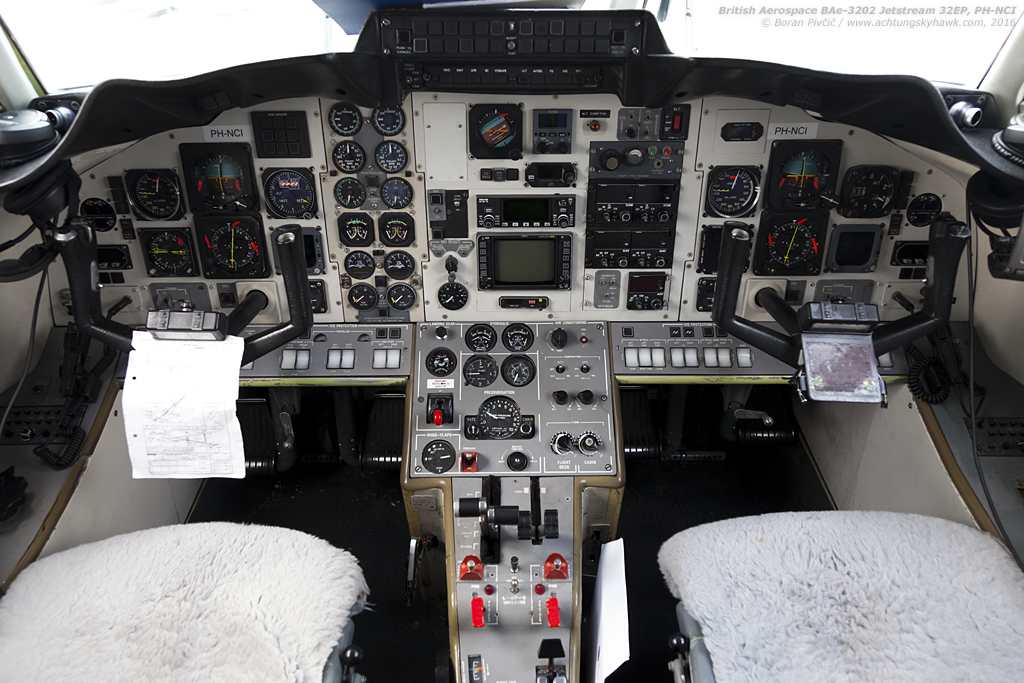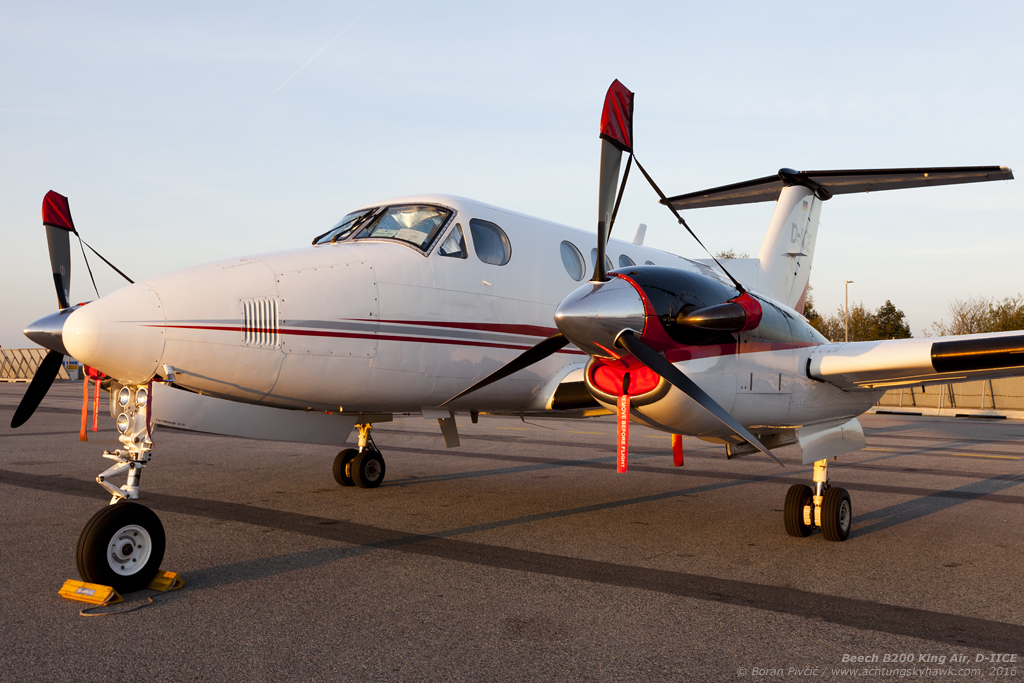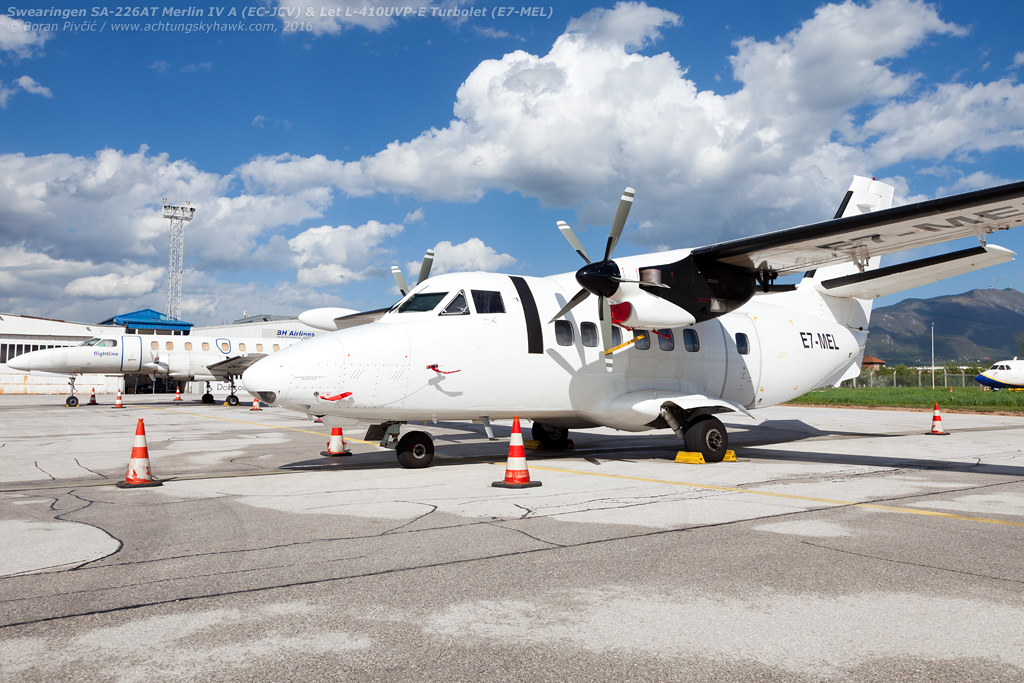By me
All photos me too, copyrighted
While the imminent arrival of fine(r) flying weather has been met with much enthusiasm here at Achtung, Skyhawk!, it will nevertheless take awhile for operations to return to levels sufficient to provide a continuous stream of quality material. In the mean time, I have once again been able to put together a small feature from photos taken over the autumn and winter, enough to (hopefully) set the stage for the fresh stuff coming in with the spring 🙂 .
Since most of the machines I’d picked for this piece have a bit of history behind them in one way or another, their stories have had a tendency to become long-winded – even more so than usual 😀 – resulting in a post that had quickly outgrown its intended role as filler… hopefully to the satisfaction of my readers!

Fog, low cloud, rain – all daily realities of autumn in Zagreb. But when everything disperses, clears and dries up, what remains is beautiful sunshine, crisp air and a full palette of fall colors… perfect conditions for a bit of photography at your local airfield! A relative newcomer to the Croatian register, 9A-KVY – formerly OE-KYV of Austria – is normally based at Pisarovina Airfield south of town, Croatia’s only truly private airstrip.

A bit of color on a dreary, rainy day at Sarajevo (SJJ/LQSA). Even though it is not really interesting per se compared with other aircraft of its class, the little Hawker perfectly epitomizes the complicated family tree common to many British aircraft. Starting out in life as the de Havilland DH.125 Jet Dragon of the early 60s, it would enter production as the Hawker Siddeley HS.125, after this mighty conglomerate – itself formed by the merger of Hawker and half a dozen other companies – took de Havilland under its wing. This turn of affairs would last until 1977, when HS would be nationalized and melted into an even larger entity, British Aerospace – in the course of which the HS.125 would be renamed into the BAe-125. To keep people on their toes, BAe would in 1993 sell off their bizjet division to Raytheon, which had already back in 1980 bought Beechcraft. To make managing these two companies easier, Raytheon had formed a separate company called Hawker Beechcraft, where the BAe-125 would become known as the Hawker Family. Of course, this is not the end of the story; HB would go bankrupt in 2012, leading to the formation of the Beechcraft Corporation out of its ashes. This would in turn be bought in 2014 by Textron – who already had Cessna in its portfolio. Thankfully, the heirs of the Jet Dragon (including the Hawker 800) had gone out of production in 2013, signalling the end of the Mexican soap opera that was its production life!

A bit of winter wonderland at Sarajevo as JIP and its “shadow” await their evening freight run to Ljubljana (LJU/LJLJ). One of several Metroliners operated by Spanish carrier Flightline, JIP is a mid-production example, being an improved version of the original Metro – itself a commuter stretch of the short-body SA-26 Merlin bizprop (which in turn is a radical modification of the Beech Queen Air piston twin).

A tight fit as Croatia’s only G-2 takes shelter from the rain incoming to Čakovec Airfield (LDVC). In many ways the defining product of ex-Yugoslavia’s aeronautical industry, the Galeb (“seagull”) intermediate trainer is nowadays a popular warbird, with almost a dozen – out of the 248 produced – flying in civilian hands. Even though its looks and absolute performance leave something to be desired, the G-2 boasts very pleasant, predictable and enjoyable handling, and is still well regarded locally for its robust and durable airframe and nearly-bulletproof systems (if maintained properly). Of interest, the type also features removable tiptanks – stowed along the hangar wall on the left – almost always carried in normal operations, but occasionally removed to save on hangar space during long-term storage.

A lack of symmetry that immediately attracts the eye… another indigenous Yugoslav design, the Soko 522 was one of the country’s first post-war mass-produced military types, intended primarily for the advanced training/light attack roles. Quite an ugly machine from most angles – one only a mother could love – the 522 would cling on in service until the late 70s, when it would be replaced (along with a slew of other 50s designs) by the UTVA U-75, which would go on to become Yugoslavia’s second most produced design. This particular example – coded 60206 – had been re-purposed as a gate guard following its withdrawal from use, located from the outset at Čakovec Airfield. One of the bases of the nascent Croatian Air Force during the 90s civil war, it would in the summer of 1991 be subjected to several air strikes by Yugoslav MiG-21s, with 60206 ending up on the receiving end. Recently taken down off its pylon for partial restoration, it will soon get a rebuilt wing from another 522, hopefully an overture into a complete rework… interestingly, the damage had also revealed an unusual feature of the 522, its folding wings. A simple affair reminiscent of early carrier aircraft, the folding mechanism is located just outboard of the main gear – but had likely been little used in actual service.

An all too common sight at Lučko in winter: a bare apron, an empty circuit – and a gorgeous fiery sunset behind the Žumberak Hills as yet another storm system approaches from the north, blown in by a bitterly cold and piercing wind…

A suitably sombre shot as the sun sets once again on poor old BDR. One of the oldest light aircraft in Croatia (manufactured back in 1967), BDR has quite a local history, having been attached throughout its life to the AK Zagreb flying club – one of Croatia’s oldest and (once) most respected aviation institutions. Having seen off generations and generations of young pilots – many of which had become the backbone of Yugoslavia’s national carrier JAT – BDR had since become collateral damage of the club’s financial woes and general infighting of the early 2000s, flying for the last time in 2003. Moved about from time to time (mostly when it gets in the way), it had been left neglected ever since, having been washed and TLC’d only once in 2009 by your’s truly. Most of the time it has been left to die by weather, useful now only as a prop in an apocalyptic movie…

The newest resident of Lučko catching some air under its wing on this pretty windy and gloomy day. If I’m not mistaken the first Rolladen-Schneider glider in Croatia, D-0138 was manufactured in 1980, and still looks crisp despite the 37 years of flying behind it. When sporting a 15-meter wingspan (as is the case here), the LS3 has a lot of similarities to the home-grown 15-meter Vuk-T (featured previously): both are tough, robust and long-lived machines whose designers had sacrificed some of the performance seen in competing models for more pleasant handling and more predictable characteristics. Another interesting tidbit is that the LS3 is considered to be the first glider to introduce wingtip extensions (to 18 meters), which had allowed it to be used in several competition classes without much (factory) effort – an approach used today by almost all European manufacturers.

One of two AIS Airlines machines on service in Croatia soaking up the last light of day shortly after its arrival from Osijek (OSI/LDOS). Developed at the beginning of the 80s from the very similar Handley-Page HP.137 (itself designed in the 60s), the Jetstream is one of the UK’s bestselling airliners, and can even today be found in service all over Europe and the Americas. Despite its deficiencies (a high interior noise level and a lack of sophistication in the nose), the Jetstream had proven itself in service with its flight performance, durability – and the fact that it had been designed to demanding airline specs right from the outset (which could not be said of its main rivals, the Swearingen Metro and Beech 1900, both developed from smaller corporate twins). Even though it has been withdrawn from intensive line operations, it can still be found in the fleets of smaller operators – while in the States it had latterly found a new lease of life as a large bizprop. An interesting detail on almost all Jetstreams – apart from the fact that most have no autopilot – is the so called “baggage pod”, a removable streamlined compartment under the fuselage that can accommodate approximately 200 kg of bags. Even though early Jetstreams (like the HP.137) had a dedicated space for luggage in the aft fuselage, on later models it had been taken up by the toilet, requiring a bit of improvisation with a solution most often seen on Cessna singles. Another feature – seen on almost all multi-engine turboprops – is the additional plating behind the cockpit, intended to protect the fuselage from ice being thrown off the propellers.

The allure of Pacific adventure – and another sad reminder of the fickle airline fortunes on the Balkans. Today already part of the landscape of Skopje Airport (SKP/LWSK), Z3-AAM had been the only aircraft of MAT Airways, formed in 2009 by Kon Tiki Travel – one of neighboring Serbia’s biggest tour operators. Intended to both bring foreign tourists into Macedonia and create something of a national airline serving key cities abroad (a field where many had failed previously), the company had never managed to reach profitability in its two years of existence, in some parts due to local politicking, in others due to a lack of experience – but mostly because a simple lack of demand abroad, financially capable travelers among the small 2.1 million population at home, and constant competition from foreign airlines. Exacerbated by the imminent need to change the number 2 engine due to its dwindling service life – and pressure from foreign banks and investment funds that had financed the aircraft – the company had declared bankruptcy in 2011, bringing to an end another chapter in post-Yugoslav air transport history. Z3-AAM itself – manufactured in 1991 for the equally extinct Sabena – had thus ended up parked in front of Skopje’s disused old terminal. Previously known as Z3-AAH (also with MAT), this machine doesn’t have the rich history of other 737 Classics, having mostly been handed down from one investment fund to another following its departure from Belgian service. However, as a type, the 500 series was always something of an oddball in the 737 line, a shrunk 737-400 intended to appeal to operators of the equally-sized 737-200. Small and light – but sporting the same wing, engines and fuel capacity of the much larger 400 – the 500 was always a stellar performer in both climb and range, characteristics that had eventually led to its demise. Like today’s A318, the 500 was always too heavy for its passenger capacity (its structure being optimized for a larger aircraft), making it more expensive to operate. This had come to a head when fuel prices picked up by the mid 2000s, forcing many operators to ditch them en masse. Interestingly, their large numbers and low prices on the used market had attracted a lot of interest from the CIS, where operators scooped them up in handfuls to replace their aging and similarly-sized Tupolev Tu-134s. Indeed, if you want to see a 500 without waiting too long, Russia is the place to go!










